Abstract charcoal drawing is a dynamic artistic endeavor that allows creators to push the envelope of traditional visual representation. Charcoal, with its raw, malleable nature, becomes a perfect medium for expressing complex emotions and conceptual ideas. Through abstraction, artists can explore composition, texture, and form without the constraints of realism, resulting in unique and powerful artworks. This article will delve into the techniques for generating ideas for abstract drawings, mastering texture and contrast, exploring large-scale works, and embracing imperfections as part of the creative process. These insights aim to inspire artists to expand their creative horizons utilizing the robust qualities of charcoal in abstract art.
Generating Ideas for Abstract Work
Finding Inspiration in the Abstract
Generating ideas for abstract charcoal drawings begins with seeking inspiration from the world around you. Anything from the natural environment to urban landscapes, and even emotions or music, can serve as a starting point. Engaging with these sources can help artists develop a conceptual framework or emotional tone for their abstract pieces.
Transforming Concepts into Visuals
Once an artist has an idea or mood in mind, the next step involves translating these abstract concepts into visual form. This transformation might involve sketching out basic shapes, experimenting with lines and forms, or even spontaneously applying charcoal to a surface to see what patterns emerge. The open-ended nature of abstract art encourages artists to think outside the box and use charcoal in unconventional ways to depict their ideas.
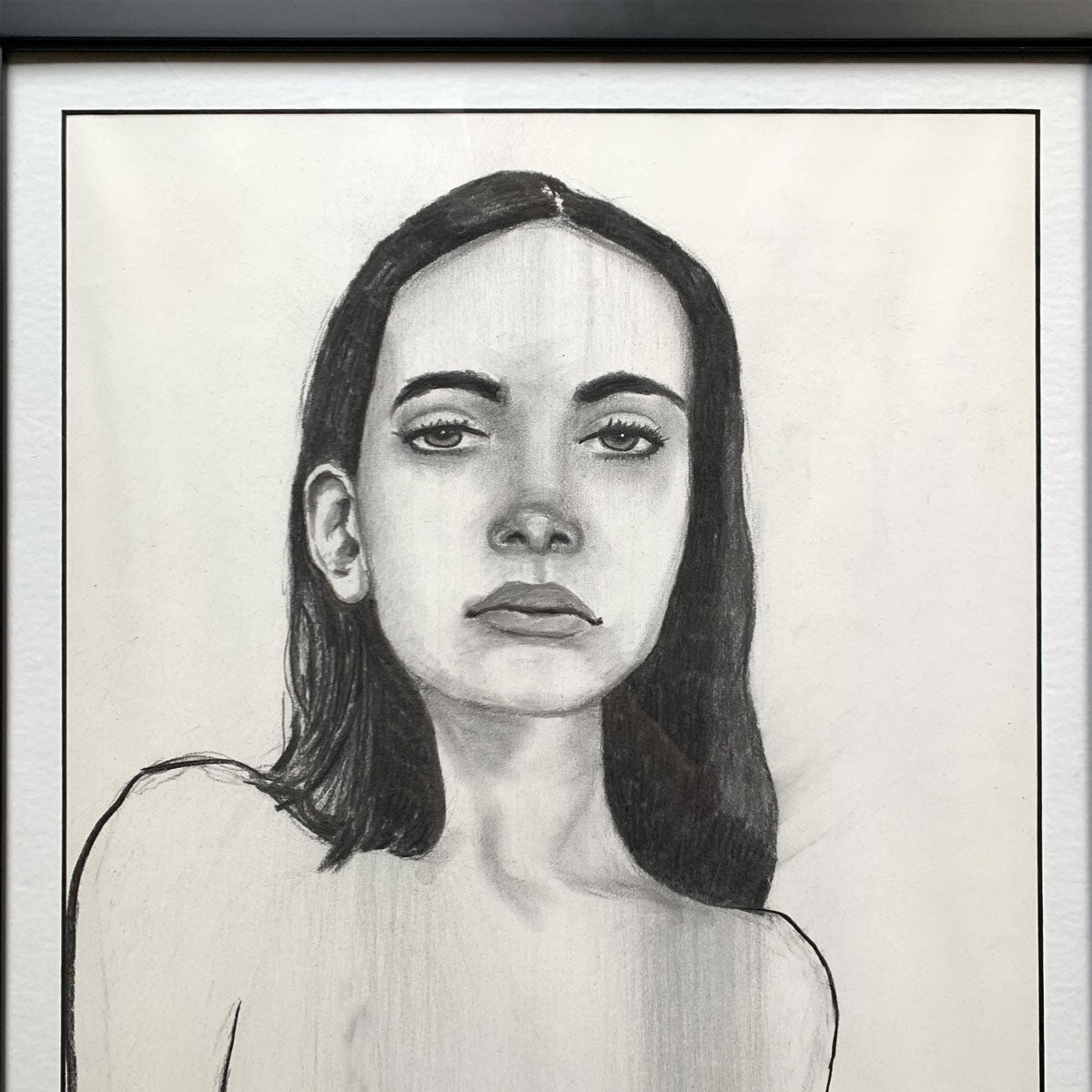
Mastering Texture and Contrast in Charcoal
Utilizing Charcoal’s Versatile Range
Charcoal lends itself to creating a broad spectrum of textures, from smooth gradations to rough, gritty marks. Artists can master this aspect by experimenting with different tools like blending stumps, brushes, or even fingers to manipulate the charcoal on their drawing surface. Fine textures can add subtle depth to a piece, while bolder, more distinct textures can create dramatic visual impact.
Emphasizing Contrast for Visual Interest
One of the most compelling features of charcoal is its innate ability to achieve high contrast. In abstract charcoal drawing, artists can utilize contrast to draw viewers into the composition and guide them through the artwork. Achieving a balance between the deepest blacks and the brightest whites can create a captivating rhythm and focal points within an abstract piece. Often, this interplay between light and dark elements is what gives an abstract work its emotional power.
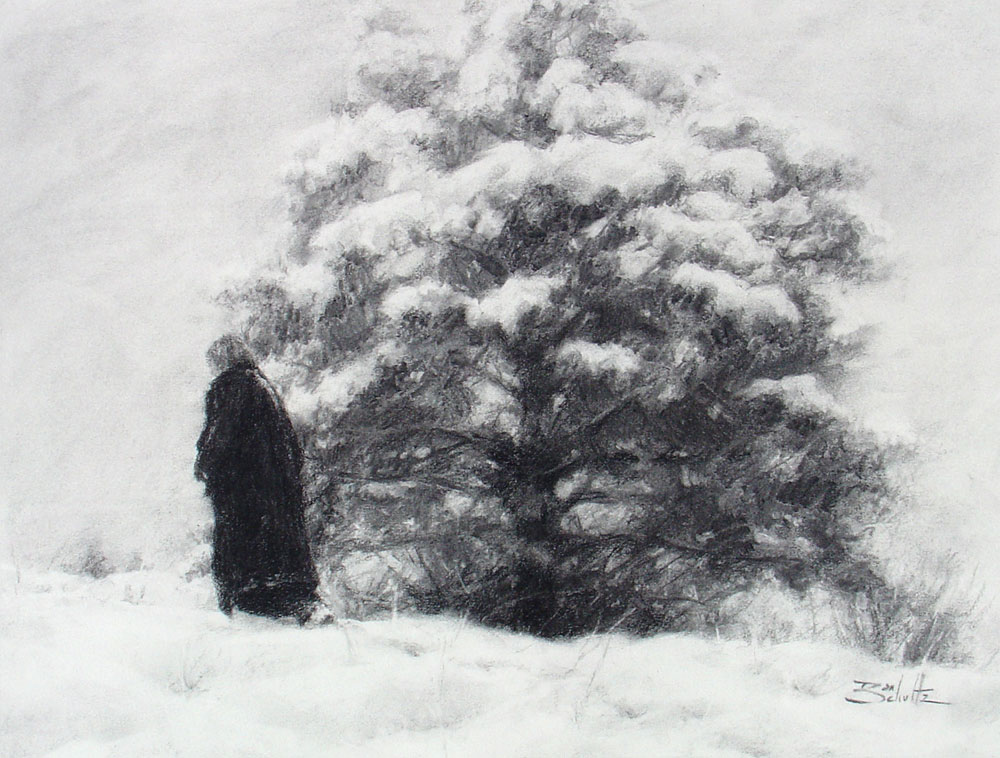
Exploring Large-Scale Abstract Charcoal Drawings
Benefits of Working on a Larger Scale
Working on a larger scale can be particularly advantageous for abstract charcoal artists, as it allows for more expansive gestures and a grander expression of ideas. Larger drawings enable artists to fully commit to the physicality of the drawing process, using their whole body to apply and manipulate the charcoal. This can result in a more immersive and impactful viewer experience.
Techniques for Large-Scale Creations
When creating large-scale abstract charcoal drawings, artists might need to adapt their techniques. This could involve using larger tools, such as mop brushes or wide charcoal sticks, to cover vast areas quickly. Artists also need to consider the drawing surface carefully; durable paper or canvas that can withstand vigorous application and erasure is essential for maintaining the integrity of the artwork.
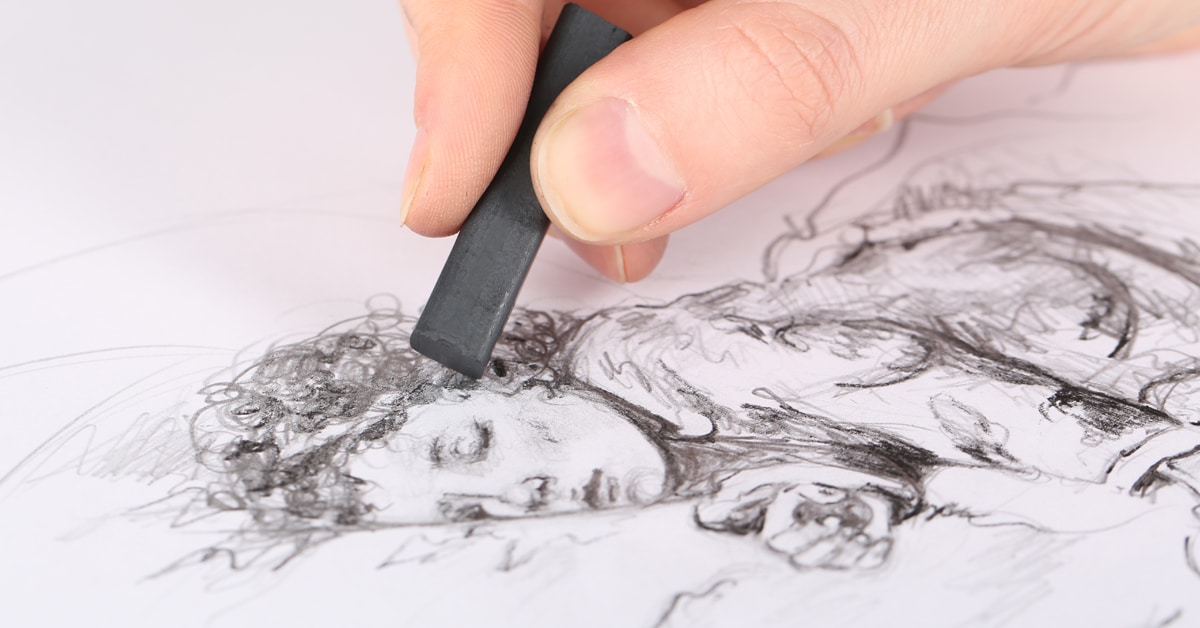
Embracing Imperfections in Abstract Drawings
The Role of Imperfections in Abstract Art
Abstraction frees artists from the need for precise, clean lines and shapes, allowing the embrace of imperfections. In fact, irregularities and unplanned marks can become integral to the work’s expressiveness. Charcoal’s propensity for smudging and diffusing can be used to an artist’s advantage in abstract drawing to enhance its spontaneity and dynamism.
The Process as Part of the Artwork
In abstract charcoal drawing, the process itself often informs the final result. Artists can take a less controlled approach, letting the material interact organically with the surface and allowing the charcoal to find its own path. Through this process-oriented approach, the unforeseen elements introduced by imperfections can lead to new visual discoveries and contribute to the narrative of the piece.
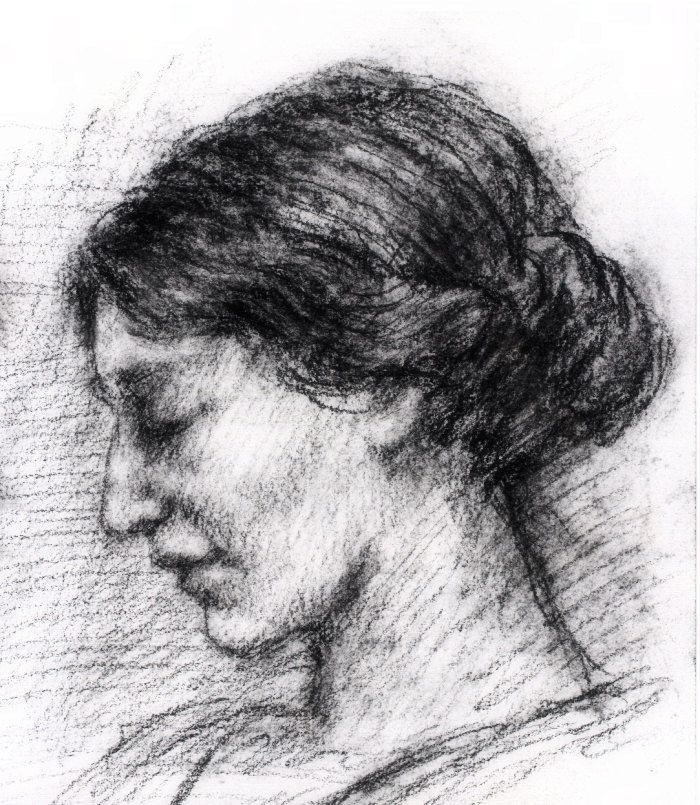
Experimenting with Mixed Media Combinations
Integrating Other Mediums with Charcoal
To expand the realm of possibilities in abstract charcoal art, integrating other mediums such as acrylics, pastels, or inks adds complexity and depth to your compositions. Mixed media can complement charcoal’s monochromatic nature by introducing color or additional textures. For example, using a wash of diluted acrylic paint as a background on which to draw with charcoal can create a mysterious, ethereal quality that can elevate an abstract piece.
The Balance of Charcoal and Color
While the black-and-white starkness of charcoal has its own striking appeal, adding color can create new visual dynamics and emotional tones. The key is to maintain a balance where charcoal still plays a significant role, and the addition of other mediums doesn’t overwhelm the composition. Layering and purposely allowing these mediums to interact can yield fascinating results, showing that abstract charcoal art can serve as a foundation for a rich tapestry of mixed media exploration.
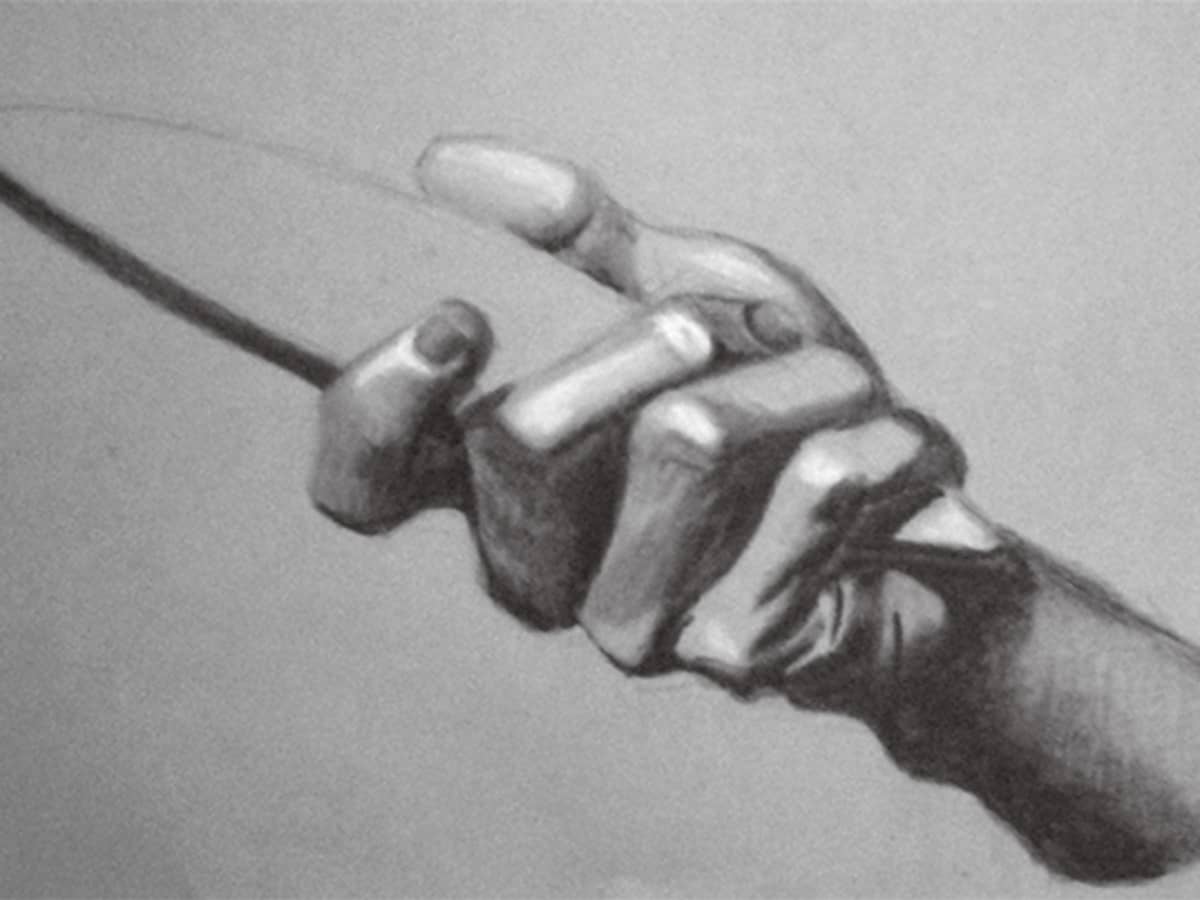
Harnessing the Power of Negative Space
Emphasizing the Absence of Marks
In abstract drawing, negative space is crucial. It refers to the areas of the paper left untouched. Negative space is as important as the areas filled with charcoal. Emptiness in these regions can be powerful. It offers breathing room within a composition. Negative space can add a sense of mystery or calmness. Artists harness this power by choosing not to mark certain areas. They allow the white of the paper to create shapes and forms. The unmarked paper works as effectively as the charcoal in shaping the artwork.
Using Restraint as a Creative Strategy
Using negative space often requires restraint. The temptation to fill every inch of the canvas is strong. Artists can employ an intentional approach to marks and erasures. They create a visual dialogue between presence and absence. This interaction adds a layer of sophistication and thoughtfulness to abstract works that viewers can intuitively sense and appreciate.
Abstract charcoal drawing explores the medium’s potential. It is unbound by representational accuracy. The medium is open to the endless possibilities of imagination. Artists generate fresh ideas through this exploration. They master the medium’s textural range. Exploring large scales adds grandeur to their work. Embracing imperfections is part of the creative process. Artists push their creative boundaries to new heights with abstract charcoal drawing. This discipline is not about achieving perfection but about conveying emotions and ideas in their most raw and visceral forms. As artists continue to challenge themselves and the limits of charcoal, the abstract drawing will remain an ever-evolving frontier of the artistic expression.